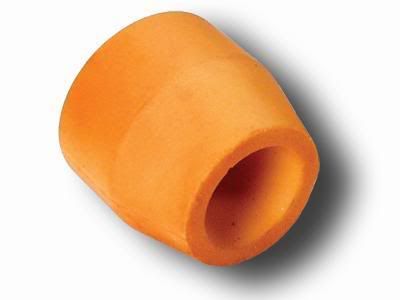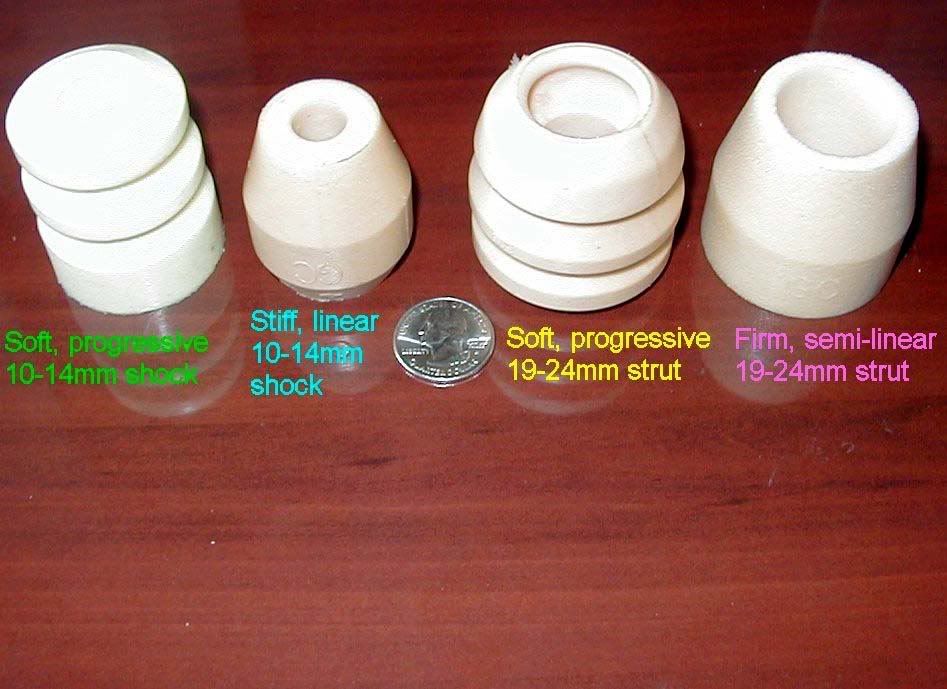jeebus wrote: It's the lighter frame design enabled by a rear triangle that I believe could give a more than marginal weight loss. I think the road bike philosophy is that suspension comes from selecting appropriate tires for the roads you'll be on.
To a certain degree, I have to go along with what you say about tire selection. Unfortunately, here in SoCal, we have a mixture of smooth, new roads and roads torn up bad enough to resemble cobblestones. :roll:
Road bikes have gone a lot to carbon fiber seat and chain stays to reduce road vibration. Carbon Fiber has it's weaknesses, but it is very effective at lightening a bike and making the ride much smoother. The one thing I notice about the Silvio is a good amount of road buzz going right up through the seat and into the back. It doesn't bother me, but I do notice it. Especially since I have been running higher tire pressure in the rear to compensate for reduced tire pressure in the front. So definitely, I think there needs to be some kind of dampening system in the back. Perhaps a combination of carbon and elastomer. Maybe a good start would be to redo the seat stay/wishbone thingy on the current model of Silvio to a carbon unit. Yes, the weight savings would be minimal, but it could potentially improve the ride a whole bunch in combination with the elastomer already in place.
As far as the main body part of the Silvio; maybe you could eliminate the dead space under the seat pan and save a few grams. But otherwise, the ergonomics are almost perfect as they are.
Moving forward; all the adjustment clamps add weight to the bike. I realize you need them, but perhaps carbon, or ti could be used in their place. I don't like all the redundant dropouts. That's a lot of cast and machined parts there and surely a better way could be arrived at to shave off some grams. What about a carbon fork? What about making the entire front end carbon? Leave the main frame pretty much as is and go carbon fore and aft? You could market that as a retro-fit kit, too.
In short, I don't think you can point to any one area of the Silvio and say "here's where we can lighten it up". It's not one big thing that adds weight, but a lot of little things that just add up. If they can get recumbents into the sub twenty pound range with three chains on them, there is no reason why the Silvio shouldn't be in the range, even with suspension.
But.... Who am I kidding? I can take way more off the engine in a month than you could shave off the Silvio at any cost.

Mark




